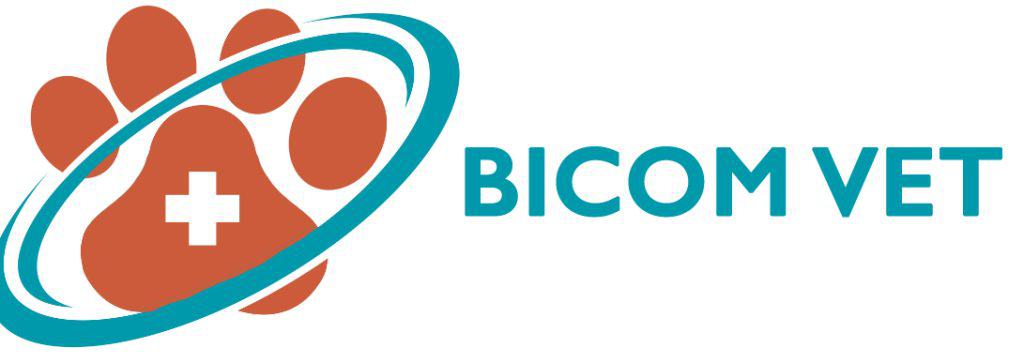Client Name: Ruth Baß, holistic animal healer from Bachhagel
Kissing Spines
 I hold a professional qualification in horse riding and equine management (Pferdewirtschaftsmeisterin) and have been a BICOM therapist for many years. I first became acquainted with bioresonance ten years ago through my father who was practising as a gynaecologist in Augsburg. He hit upon the idea of trying out bioresonance on horses to give me a second string to my bow. What began fairly cautiously as a hobby nine years ago, increasingly developed over the course of time into a contact point for hopeless cases where previous attempts at treatment had failed. The outcomes were astonishingly successful and so I would like to report a case which is particularly dear to me.
I hold a professional qualification in horse riding and equine management (Pferdewirtschaftsmeisterin) and have been a BICOM therapist for many years. I first became acquainted with bioresonance ten years ago through my father who was practising as a gynaecologist in Augsburg. He hit upon the idea of trying out bioresonance on horses to give me a second string to my bow. What began fairly cautiously as a hobby nine years ago, increasingly developed over the course of time into a contact point for hopeless cases where previous attempts at treatment had failed. The outcomes were astonishingly successful and so I would like to report a case which is particularly dear to me.
In March 2000 my husband was given the beautiful Shagya Arab stallion Mahal who, according to X-rays and clinical diagnosis, was suffering from kissing spine and consequently could not be ridden. Mahal was regarded as unpredictable and aggressive to other horses.
The first therapy session was initially problematical as the stallion bowed down merely with the weight of the 100g applicator on his withers. Yet he relaxed almost immediately the device was switched on. We later had him sorted out by the vet and it turned out that, on top of everything, he had an extreme aversion to being cinched up which made him buck whenever something was strapped on his back. With a great deal of patience, regular BICOM bioresonance therapy (about once a week) and gymnastic exercises we managed to sit on him for the first time three months later.
Yet now time was running out. As a licensed stallion, Mahal was supposed to be taking a performance test three months later to permit him to serve as a stud once more. He mastered even this intensive training regime without any sign of being overstretched. Soon afterwards he sat the stud performance test. Events took a dramatic turn during the test when his back legs slipped in a turn in the cross country ride and he twisted his back. As a result he was lame at the last veterinary check of the day and was supposed to take part in the 40 km endurance race the following day.
Here too bioresonance helped once more and I could use it without hesitation as I did not have to worry about banned doping. By next morning he was fit again thanks to BICOM programs for the inflammation, even finishing the endurance race in the fastest time. There were no problems afterwards either.
In 2001 Mahal proved successful in tournaments and is being used in eventing in 2002. Granted this may be due in large part to horsemanship but, without BICOM bioresonance therapy, Mahal would probably not have had a second chance!
